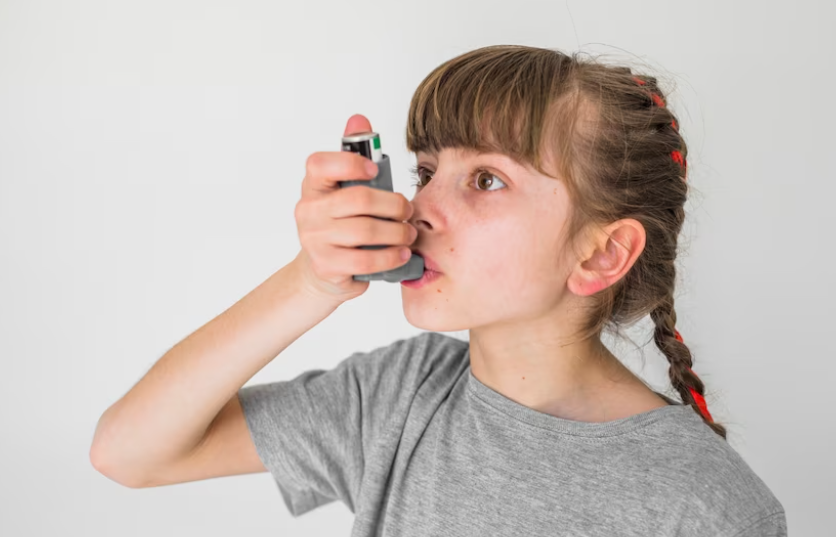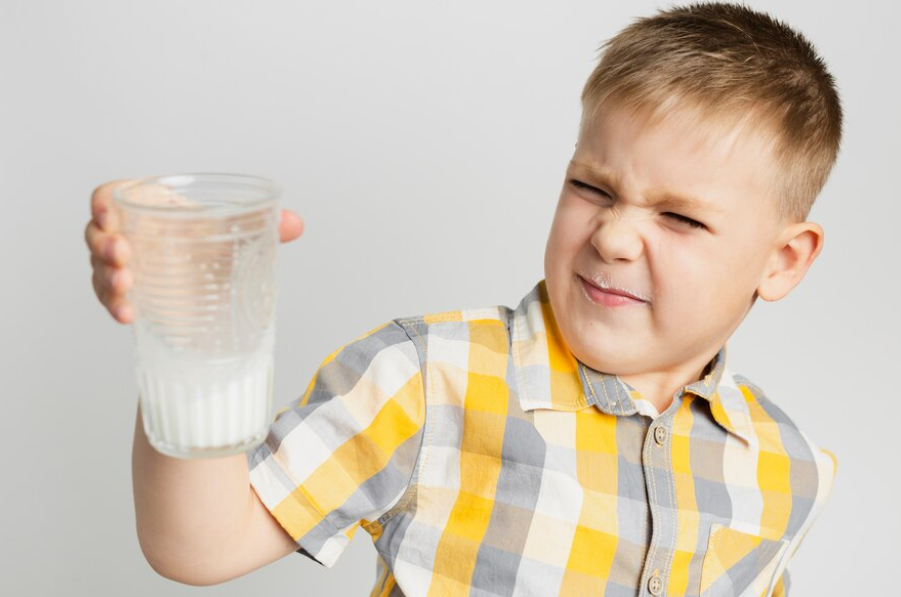Allergies can manifest in children and babies, potentially disrupting their sleep, playtime, and school activities. The following article from Newfemme discusses essential information about allergies in children, helping parents navigate these conditions wisely and effectively.
Childhood Allergies: An Overview
Allergies typically make their debut during infancy or childhood. According to the Center for Disease Control and Prevention (CDC), skin allergies are the most prevalent among children. These allergies can significantly impact a child's sleep quality, playtime, and school life. This article delves into key insights about childhood allergies to empower parents in addressing them more effectively.
Understanding Allergies:
When an individual exhibits allergy symptoms, it signifies their immune system's response to a substance that most people consider harmless. Essentially, the immune system misinterprets an allergen as a threat, triggering a defensive response. Allergens can range from foods and pet dander to plant pollen.
Common Symptoms of Childhood Allergies:
The symptoms of allergies in children can vary based on the organ system affected. Here are the typical signs of allergic reactions:
1. Skin Symptoms: As the body's largest organ and part of the immune system, the skin frequently reacts to allergies. Look for eczema, characterized by dry, red, scaly, and itchy patches. Additionally, rashes on the skin may also signal allergies.
2. Respiratory Symptoms: Allergies, such as hay fever, can impact a child's breathing. Wheezing, shortness of breath, and rapid breathing are common symptoms affecting the respiratory system, often seen in conditions like asthma. Dry coughs, productive coughs with phlegm, sneezing, and a runny nose are also indicative of childhood allergies, including allergic rhinitis.

A child's asthma can worsen allergy symptoms
3. Digestive Symptoms: Allergies can trigger reactions in the digestive system. Repeated complaints of stomach cramps or diarrhea may indicate an allergic response in children.
4. Eye Symptoms: Itchy eyes represent the primary symptom of eye allergies, commonly referred to as allergic conjunctivitis. Additional symptoms may include red, watery eyes, light sensitivity, eye swelling, and eye discomfort or pain. Common triggers include dust, dirt, pet dander, and mites.
5. Scalp and Head Symptoms: Children with allergies may experience itching, redness, and dandruff on their scalp. These symptoms can be linked to allergic reactions to hair care products like shampoo, hair dyes, or hair straighteners.
Common Allergy Triggers:
While the connection between an allergic reaction and the allergen may not always be apparent, specific foods are notorious for their allergy-inducing properties. These eight foods are common culprits:
- Milk
- Eggs
- Peanuts
- Tree nuts (e.g., almonds, cashews, and walnuts)
- Fish
- Shellfish (e.g., crab, lobster, and shrimp)
- Soybeans
- Wheat

Lactose intolerance is often confused with milk allergies
When your child has known allergies, the best way to prevent allergic reactions is to steer clear of allergens. Communicate with caregivers, school teachers, and those around your child to identify allergens to avoid. It's also helpful to provide a list of allergens and guidelines for providing first aid in case of an emergency. For more informative articles, visit Newfemme!

